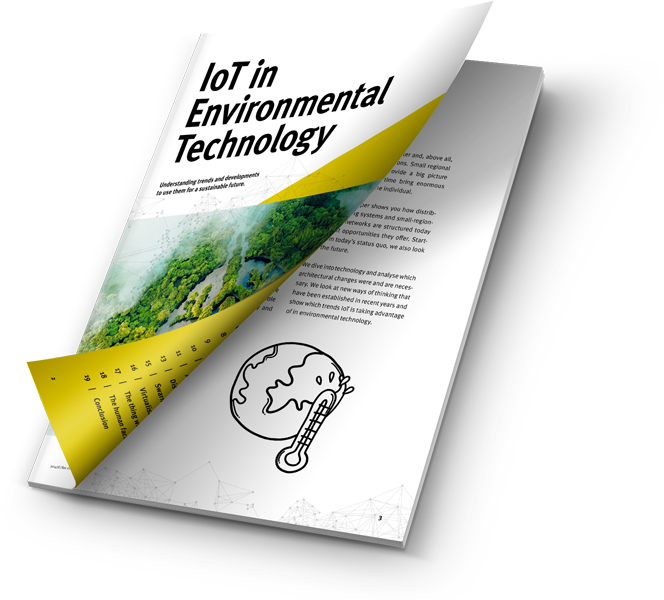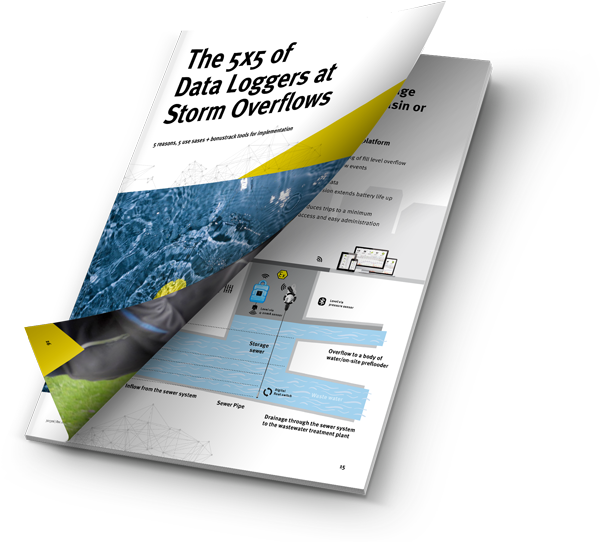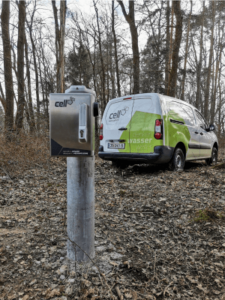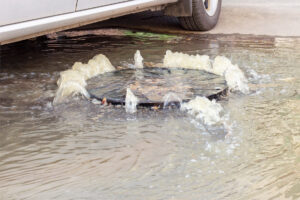1. Robust design for use in the most adverse conditions
Environmental parameters such as temperature, humidity, gas concentration, dust and dirt vary greatly in different environments. A reliable data logger must therefore be robustly built to withstand the demands of field use, industrial plants or remote locations.
2. Compatibility with a wide range of sensors
Environmental engineers work with a variety of sensors that measure different parameters. A good data logger should therefore be compatible with a wide range of sensors to allow flexible customisation to specific project requirements. Wide compatibility enables environmental engineers to use the sensors required for their specific project.
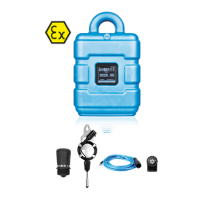
3. Energy efficiency and battery life
As data loggers are often used in remote areas, a long battery life is crucial. A high-quality device must therefore be energy-efficient and have a battery that works reliably even under extreme conditions. For batteries to achieve a service life of several years, energy-efficient operation is the top priority.
4. Real-time monitoring and alarm functions
A high-quality data logger must be able to monitor data in real time and notify the user when problems occur. It should also offer remote access functions so that environmental engineers can access and analyse the data from anywhere in the world. Short measuring intervals and alarm options are essential here.

5. Long-term data recording and storage capacity
To be able to track environmental changes over a longer period of time, data loggers require sufficient storage capacity and the ability to record data over weeks, months or even years. For cost and efficiency reasons, system architecture considerations are crucial here. The data logger in the field records the measured values and sends them to a cloud at regular intervals. In the cloud, the storage capacity and computing power for analysis functions is much more cost-effective. It is important to ensure that the data is not archived in the cloud and that the complete raw data is available.
6. Scalability and expandability
To meet changing requirements, a data logger should be scalable and expandable. This means that it can be upgraded with additional sensors, for example, to add new measurement parameters. For ongoing improvements in functionality, it is essential to ensure that software and firmware updates are available over-the-air.
7. User-friendly software and interfaces
Last but not least, user-friendliness is crucial. A measurement system should be equipped with intuitive software that enables environmental engineers to easily visualise, analyse and interpret data. Interfaces such as graphical user interfaces and APIs should also be available to facilitate integration with other systems.
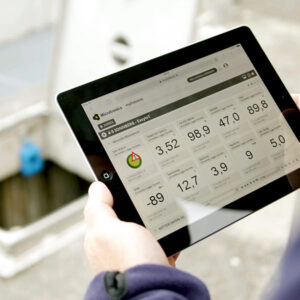
Conclusion
A high-quality data logger that offers these seven functions enables environmental engineers to collect and analyse accurate and reliable data for their environmental projects. By choosing such a device, you can ensure that your monitoring is effective and that you can make informed decisions for a modern, liveable world.
Choosing the right data logger is crucial for the success of environmental projects. Jellox is the right tool for demanding measurement campaigns in environmental technology.
